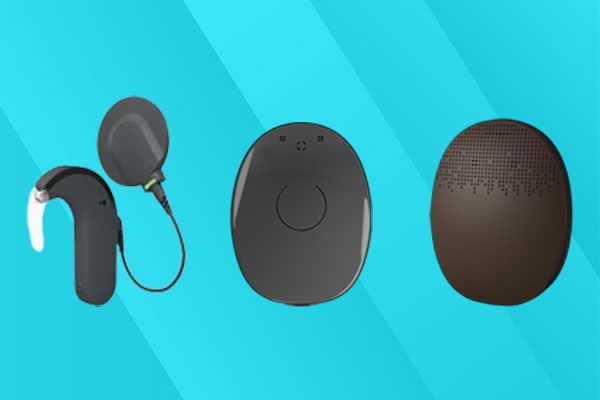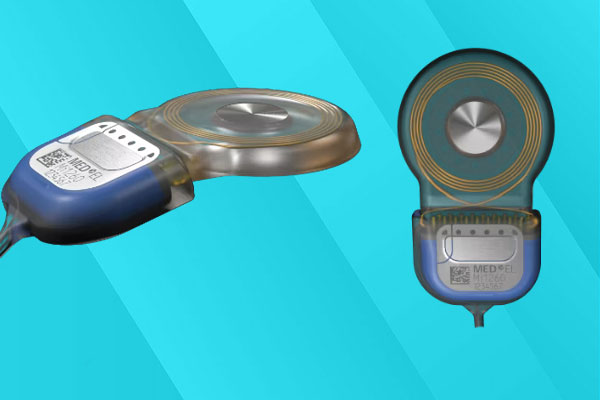Cochlear Implants
A cochlear implant is a small, surgically implanted electronic device that helps provide a sense of sound to people with severe to profound sensorineural hearing loss who get limited or no benefit from hearing aids.
How It Works
Unlike hearing aids that amplify sound, cochlear implants bypass damaged parts of the inner ear (cochlea) and directly stimulate the auditory nerve with electrical signals. The brain then interprets these signals as sound.
Cochlear Implant
Main Components
🧑⚕️ Who Can Benefit?
- People with severe to profound sensorineural hearing loss in both ears.
- Those who get little or no benefit from conventional hearing aids.
- Suitable for both adults and children, including babies as young as 12 months (sometimes younger with special evaluation).
🎯 Benefits
- Improves ability to perceive speech and environmental sounds.
- Helps with speech development in children.
- Can improve quality of life by enhancing communication abilities.
- Allows access to sounds and conversations that hearing aids can’t provide.
⚠️ Considerations
- Requires surgery and lifelong follow-up care.
- Outcomes vary depending on age, duration of deafness, and auditory training.
- Regular programming ("mapping") by audiologists is needed to optimize performance.


